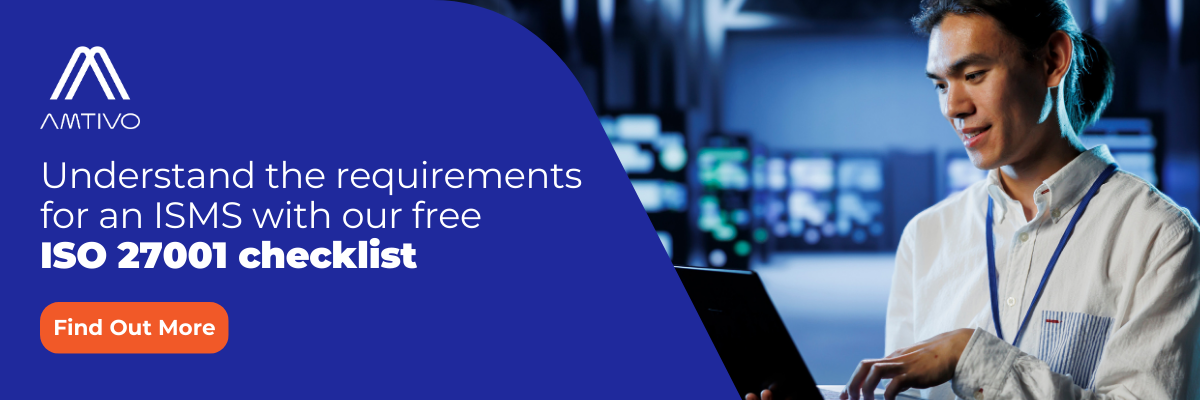Several core components create an information security management system, and each plays an essential role in managing information security risks.
The ISO 27001 standard lays out these components in a detailed framework.
Risk assessments
ISO 27001 follows a risk-based approach. This is fundamental to the standard and involves identifying, assessing, and systematically managing potential risks. The approach is used throughout the entire data process to identify:
- Individual assets that could be at risk, such as data, people, hardware, software and processes.
- What the risks are.
- The likelihood of them occurring.
- The potential impacts and consequences.
These insights inform which security procedures and controls are implemented to manage the risks. ISO 27001 provides a detailed risk assessment procedure, leading to a systematic, repeatable process for future recertifications.
Continual improvement
ISO 27001 certification requires the continual management and improvement of an ISMS to remain effective and relevant as the organisation evolves.
Policies, procedures, and risk assessments should be reviewed and updated in accordance with this approach. To drive continual improvements in your ISMS, an organisation must consistently monitor, measure, analyse, and evaluate each step and its output.
ISO 27001 encourages using the Plan, Do, Check, Act cycle as the foundation for a consistent approach to continual improvement.
Documented policies and procedures
An ISMS needs well-defined policies and procedures that are accessible and understood by everyone in the organisation. These documents should outline areas of concern and action in information security, including:
- Access control
- Incident management
- Data backup
- Protocol in the event of a cyber attack
- Roles and responsibilities
These policies and procedures must be clearly documented and available to all relevant employees.
Other elements
Other core elements for a successful and effective ISMS include employee awareness training, incident management procedures and business continuity plans. These are necessary for your organisation to have comprehensive data protection and achieve ISO 27001 certification.






